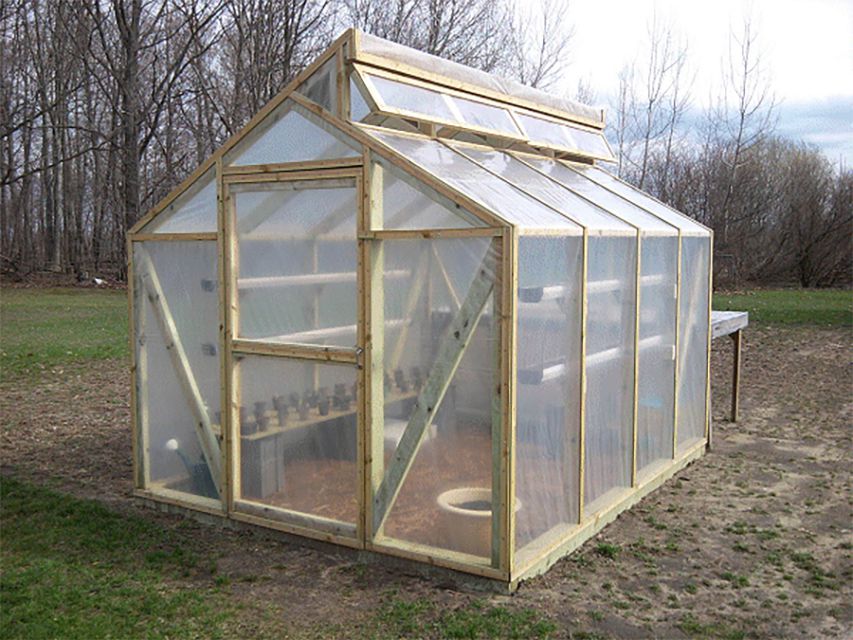How Food Workers Can Detect and Respond to Cockroach Infestation: Signs, Solutions, and Prevention Strategies
Introduction: Why Vigilance Matters in Food Service
Cockroach infestations pose serious risks to food safety and business reputation. For food workers, being able to spot the signs early is critical-not only for protecting customers, but also for ensuring regulatory compliance and preventing costly shutdowns. This guide provides actionable knowledge and step-by-step instructions to help food service staff identify, address, and prevent cockroach infestations in their workplace.

Source: dreamstime.com
Understanding Cockroach Behavior and Attraction
Cockroaches are drawn to food establishments because these environments offer abundant food, water, and shelter. Common hiding spots include kitchens, storage areas, drains, and equipment crevices. The most prevalent species encountered in food service environments are the German cockroach (small, light brown, often found near food prep or bathrooms), American cockroach (large, reddish-brown, typically in basements or sewers), and Oriental cockroach (large, dark, often entering via drains) [1] [4] .

Source: freepik.com
Key Signs of Cockroach Infestation Food Workers Should Notice
1. Visible Sightings of Cockroaches
Seeing live or dead cockroaches -especially during daylight hours-is a significant warning sign. Cockroaches are nocturnal and hide from light, so daytime sightings often mean the infestation is severe and the population is too large to remain hidden [2] [5] . Check under appliances, inside cabinets, and around drains for both living and dead insects. Food workers should perform regular visual inspections in these areas.
2. Cockroach Droppings
Cockroach feces look like ground black pepper , coffee grounds , or small dark specks. Droppings often accumulate near food sources, along wall edges, behind equipment, and inside storage areas. The quantity and location of droppings can help estimate infestation size. Workers should learn to recognize and report these signs immediately [3] [2] .
3. Egg Casings (Oothecae) and Shed Skins
Look for capsule-shaped egg cases -brown or dark brown, leathery, and shiny-often found in crevices, storage areas, or behind equipment. Shed skins from molting cockroaches may also be present. These indicators reveal active breeding and population growth [1] [3] .
4. Unusual Odors
A strong, oily, musty smell can signal a significant infestation. This odor results from cockroach pheromones and bodily secretions. If detected, investigate thoroughly and notify management, as heavy infestations create noticeable odors that can permeate food and packaging [3] .
5. Physical Damage to Food and Packaging
Cockroaches may gnaw on food packaging, leaving irregular holes, tears, or chew marks. Damaged packaging or contaminated food should be discarded promptly. Workers should routinely inspect stored food and packaging for signs of pest activity [1] .
Action Steps for Food Workers When Signs Are Found
If any of the above indicators are present, food workers should:
- Notify a Supervisor or Manager Immediately: Quick reporting enables timely intervention and professional pest control assessment. Never attempt to use pesticides or traps without management approval.
- Document the Signs: Record the location, type, and extent of evidence found. Photographs and written logs help managers and pest control professionals assess severity and identify sources.
- Isolate and Dispose of Contaminated Food: Safely discard any food or packaging showing cockroach damage or contamination. Prevent cross-contamination by cleaning affected areas thoroughly.
- Increase Cleaning Frequency: Focus on deep-cleaning areas where signs were found, including under equipment, in storage rooms, and along wall edges. Use approved cleaning products and follow standard operating procedures.
- Seal Entry Points: Look for and report cracks, gaps, or openings around doors, windows, drains, and walls. Maintenance staff should repair these promptly to prevent further pest access.
Prevention Strategies: Keeping Cockroaches Away
Prevention is the most effective approach for long-term control. Food workers can help by:
- Practicing Strict Sanitation: Clean up spills and crumbs immediately, empty trash cans regularly, and keep food stored in sealed containers. Sanitation reduces available food and water for pests.
- Monitoring High-Risk Areas: Schedule regular inspections of kitchens, pantries, drains, and utility rooms. Use checklists to ensure thorough coverage of potential hiding spots.
- Maintaining Facility Structure: Ensure doors and windows close tightly, screens are intact, and plumbing leaks are fixed. Environmental control is essential.
- Staff Training: Educate all employees on identifying signs, proper reporting procedures, and the importance of immediate action. Regular training refreshers reinforce vigilance.
Responding to Infestations: Professional Solutions and Alternatives
If an infestation is confirmed, management should engage licensed pest control professionals who use methods approved for food service environments. Workers should never apply pesticides themselves, as improper use can contaminate food and violate health regulations [3] .
In cases where pest control services are unavailable, managers can search for local licensed pest professionals through reputable organizations such as the National Pest Management Association (NPMA) or contact their local health department for guidance. Search for ‘licensed commercial pest control’ in your city or state for verified providers.
Potential Challenges and Solutions
Challenge: Cockroaches are adept at hiding in hard-to-reach areas, making early detection difficult. Solution: Implement scheduled deep cleaning, use monitoring traps in non-food areas, and encourage staff to report any suspicious signs immediately.
Challenge: Staff turnover may result in knowledge gaps regarding pest identification. Solution: Include pest awareness training in onboarding and provide refresher courses every quarter.
Challenge: Limited access to professional pest control services in some regions. Solution: Contact your local health department for a list of approved pest control providers, or search online for certified commercial pest management services.
Key Takeaways
Food workers play a critical role in early detection and prevention of cockroach infestations. By understanding the signs-visible cockroaches, droppings, egg casings, odors, and food packaging damage-staff can act quickly to protect customers and maintain compliance. Always report findings to management, adhere to approved cleaning protocols, and seek licensed pest control intervention when necessary.
References
- [1] Trash Rite (2025). Signs of Cockroach Infestation Food Workers Might Notice: Identifying and Addressing the Issue.
- [2] Xtreme Pest Management (2023). 4 Cockroach Infestation Signs Food Handlers Need To Know.
- [3] FoodSafePal (2024). Pest Control in Food Safety for Food Handlers.
- [4] Cockroach Facts (n.d.). What Sign of Cockroach Infestation Might Food Service Workers Notice?
- [5] Orkin (2012). Top 3 Ways Cockroaches Threaten Restaurants & Food Safety.
MORE FROM hotondeals.com













